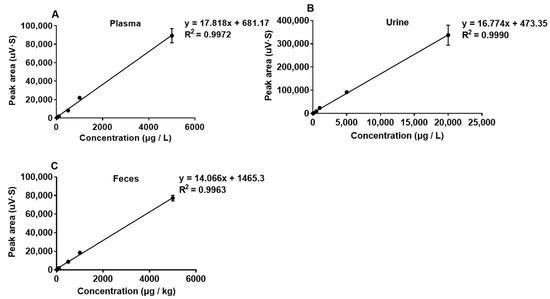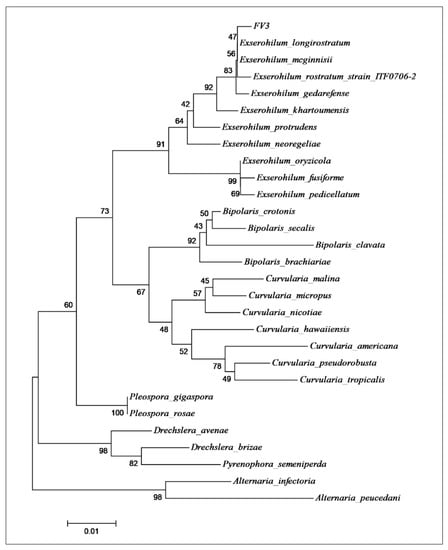Editorial Board Members’ Collection Series: Fungal Metabolites: From Toxins to Therapeutics
A topical collection in Toxins (ISSN 2072-6651). This collection belongs to the section "Mycotoxins".
Viewed by 12047Editors
Interests: mycotoxins; fungal metabolites; antimicrobial; anticancer; antinflammatory; antioxidant
Special Issues, Collections and Topics in MDPI journals
Interests: mycotoxin; intestine; immune response; swine
Special Issues, Collections and Topics in MDPI journals
Topical Collection Information
Dear Colleagues,
We are pleased to announce this Collection titled “Editorial Board Members’ Collection Series: Fungal Metabolites: From Toxins to Therapeutics”, which will collect papers invited by the Editorial Board Members. The aim of this Collection is to provide a venue for toxic metabolites of fungi and therapeutics. All papers will be fully open access upon publication after peer review.
Dr. Marc Maresca
Dr. Isabelle P. Oswald
Dr. Fiona M Doohan
Collection Editors
Manuscript Submission Information
Manuscripts should be submitted online at www.mdpi.com by registering and logging in to this website. Once you are registered, click here to go to the submission form. Manuscripts can be submitted until the deadline. All submissions that pass pre-check are peer-reviewed. Accepted papers will be published continuously in the journal (as soon as accepted) and will be listed together on the collection website. Research articles, review articles as well as short communications are invited. For planned papers, a title and short abstract (about 100 words) can be sent to the Editorial Office for announcement on this website.
Submitted manuscripts should not have been published previously, nor be under consideration for publication elsewhere (except conference proceedings papers). All manuscripts are thoroughly refereed through a double-blind peer-review process. A guide for authors and other relevant information for submission of manuscripts is available on the Instructions for Authors page. Toxins is an international peer-reviewed open access monthly journal published by MDPI.
Please visit the Instructions for Authors page before submitting a manuscript. The Article Processing Charge (APC) for publication in this open access journal is 2700 CHF (Swiss Francs). Submitted papers should be well formatted and use good English. Authors may use MDPI's English editing service prior to publication or during author revisions.
Keywords
- mycotoxins
- metabolites
- toxic fungal molecules
- therapeutic














